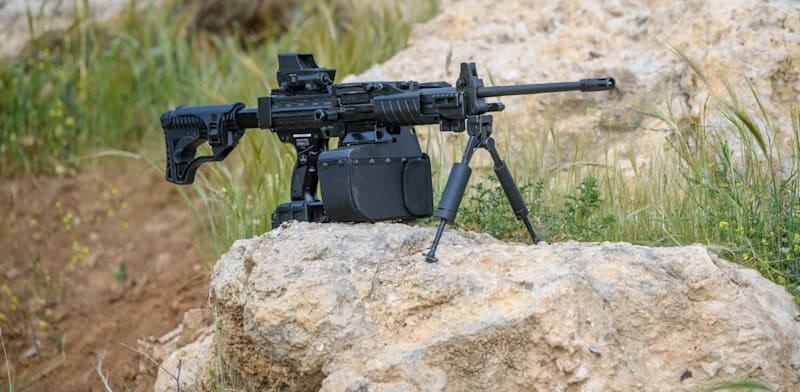Russia Receives Armored Vehicles from UAE's Streit Group

In recent days, Russian social media has seen video footage of armored vehicles reportedly delivered to Russian forces, drawing considerable attention. This development, confirmed by prominent military blogger Voennyi Osvedomitel, suggests a new batch of Streit Group-manufactured vehicles may now be operational within Russia's military ranks. Osvedomitel notes that these vehicles could have originated either from the UAE or South Africa, two prominent bases for the Streit Group’s manufacturing.
A Closer Look at the Vehicles in Question
The video showcases over 20 armored vehicles, revealing that the Streit Group’s Spartan SUT, Cobra, and Cougar models appear to be in use. These vehicles, based on the sturdy Toyota Land Cruiser and Ford F-550 platforms, are designed for enhanced durability, mobility, and survivability under fire. Streit Group’s Spartan, for example, is a battle-proven vehicle known for its flexibility and multi-role capacity. Built on the Toyota Land Cruiser platform, it’s engineered for combat environments, able to withstand light firearms, small explosives, and even certain roadside IEDs.
Meanwhile, the Streit Cobra and Cougar models are built on the Ford F-550 chassis and known for their reinforced structure and adaptability in combat. Both vehicles offer varying levels of armor protection, and the Cougar model, in particular, is outfitted for both personnel transport and equipment deployment. Streit Group has historically showcased these vehicles at major international defense exhibitions, highlighting their versatility and capacity for customization based on mission requirements.
Armored Vehicles in a New Geopolitical Context
The presence of Streit Group vehicles in Russia is significant amid heightened international scrutiny, as global sanctions increasingly restrict Russian access to military-grade imports. This new video sheds light on the possible channels through which Russia continues to acquire advanced military assets. While it remains unclear whether these vehicles were directly sourced from Streit Group or procured through third-party intermediaries, this development marks another example of complex arms transactions circumventing conventional trade routes and restrictions.
Notably, Streit Group has a history of collaboration with Russian entities, having partnered with Russia's Military-Industrial Company (VPK) in the past. This partnership led to the creation of the Condor/VPK-Ural armored vehicles, some of which reportedly went to private military forces such as the Wagner Group. These prior engagements with Russian contractors have allowed Streit Group vehicles to be field-tested in various conflict zones, contributing to their reputation for endurance and flexibility.
Amid Sanctions, the Arms Market Finds New Routes
This latest transfer of armored vehicles underscores the fluid nature of the global arms market, even as Russian assets face strict sanctions in light of the ongoing Ukraine conflict. Armored vehicles like these fill critical needs for ground support, mobile protection, and supply transport, allowing Russian forces to maintain resilience despite logistical hurdles. The vehicles' arrival from a UAE-based manufacturer, whether directly or via intermediaries, speaks to the intricate global network that continues to enable arms movements even under regulatory pressures.
Streit Group's armored offerings have long been popular in international defense markets, often featuring in stockpiles worldwide, which may offer Russia various avenues to source these assets. Past appearances of Streit’s vehicles at global expos are reminders of how widespread their deployment has become, presenting numerous options for procurement that bypass direct sales. While precise details about this particular shipment remain scarce, the strategic utility of these vehicles for Russian forces remains clear: reliable and robust transportation in a highly volatile landscape.
In a broader sense, this scenario reveals how the demand for specialized armored vehicles continues to influence and reshape military strategies, especially for nations facing extensive restrictions. These developments around Streit Group’s armored vehicles underscore the complexity of global arms dynamics as they intersect with shifting political landscapes, revealing how critical mobility and protection remain in the evolving calculus of modern warfare.


